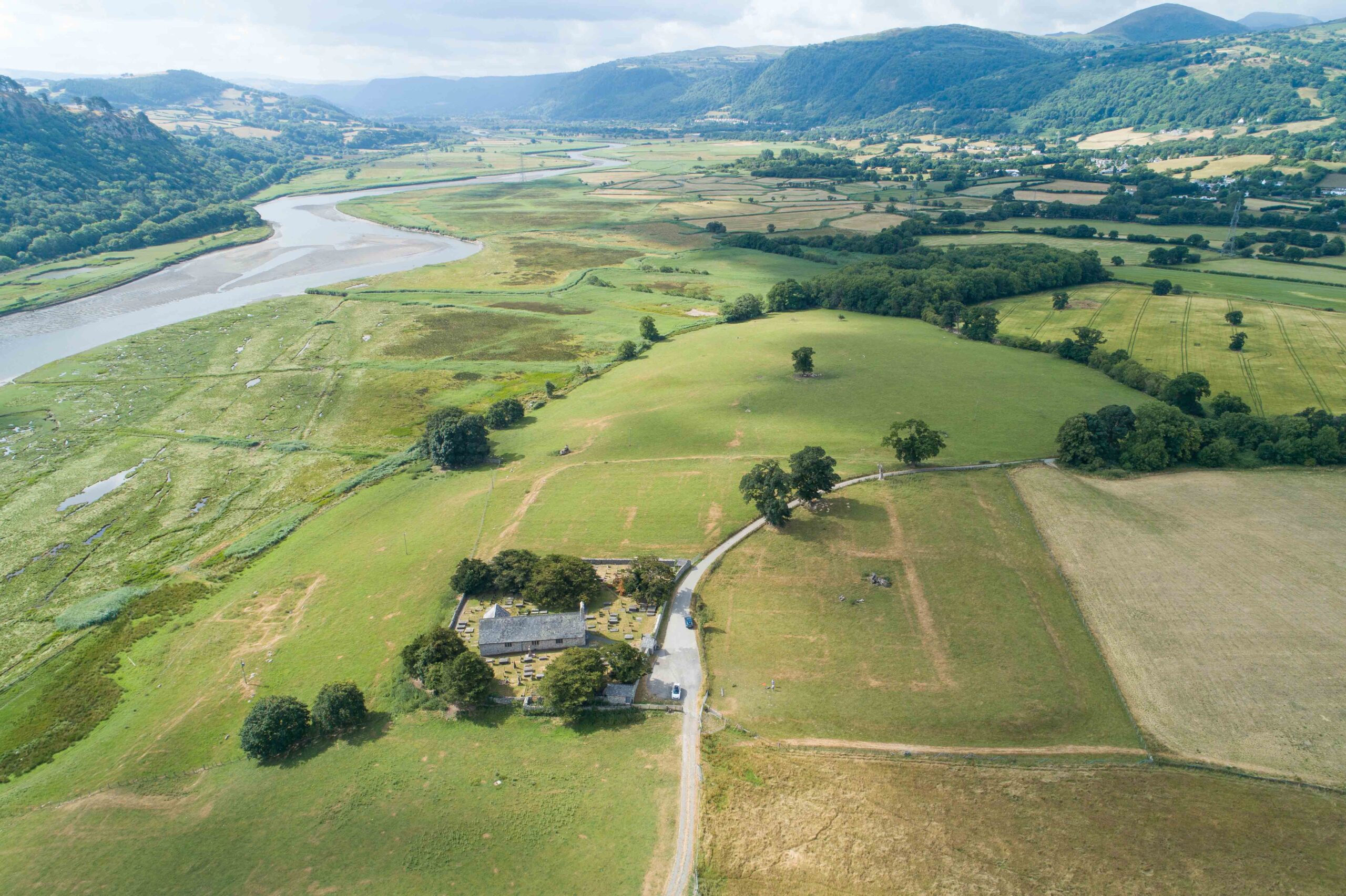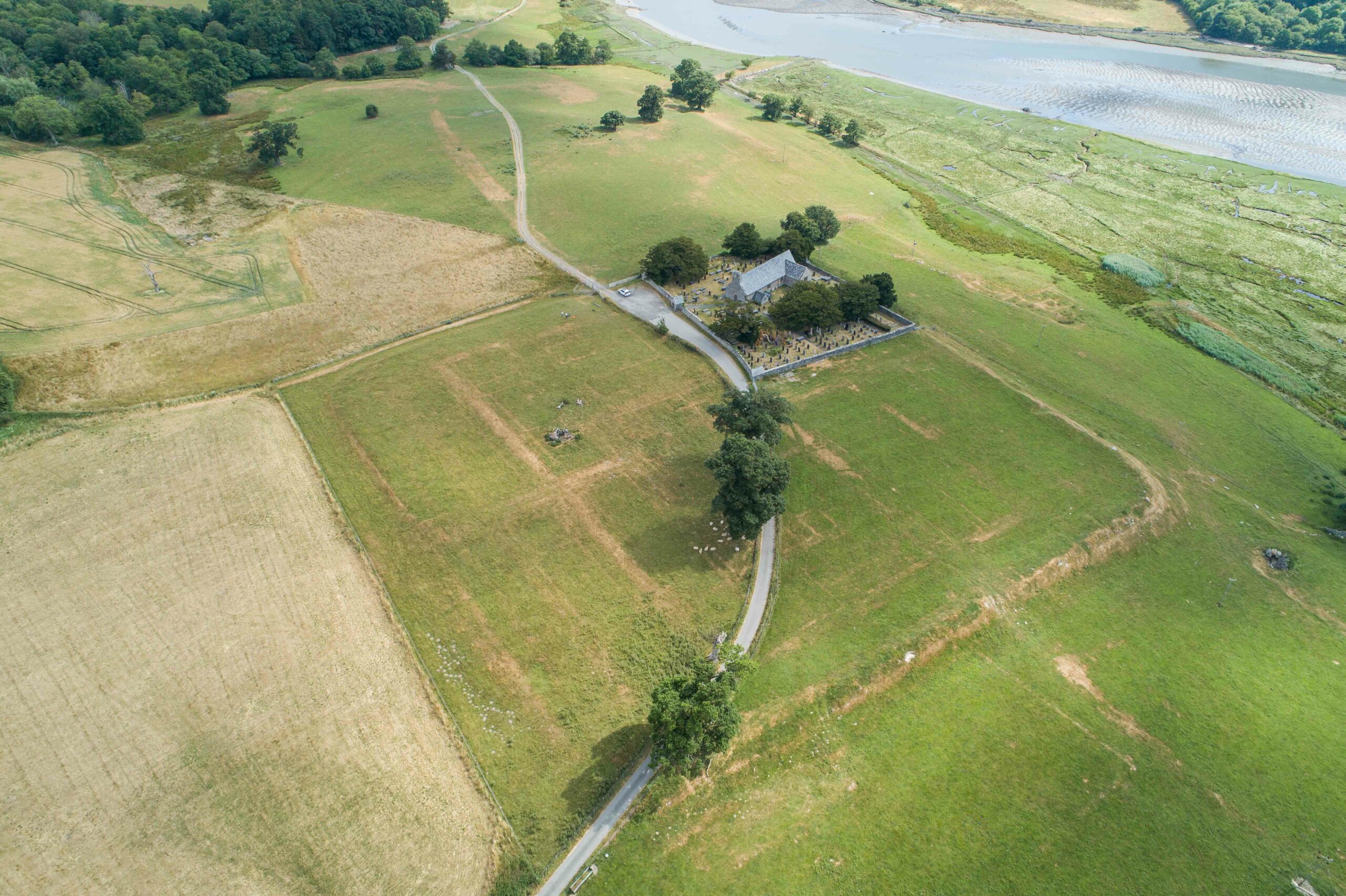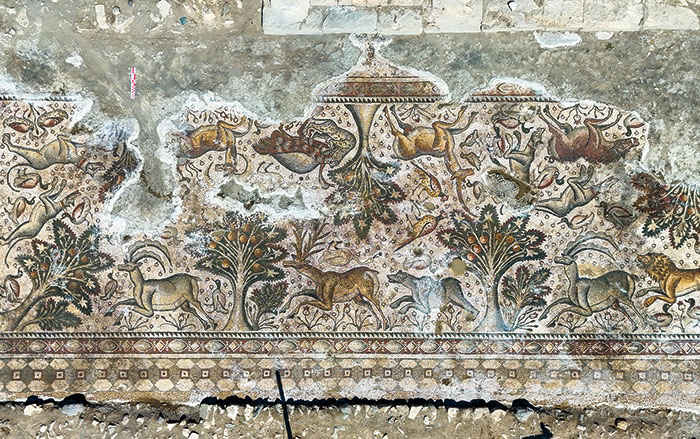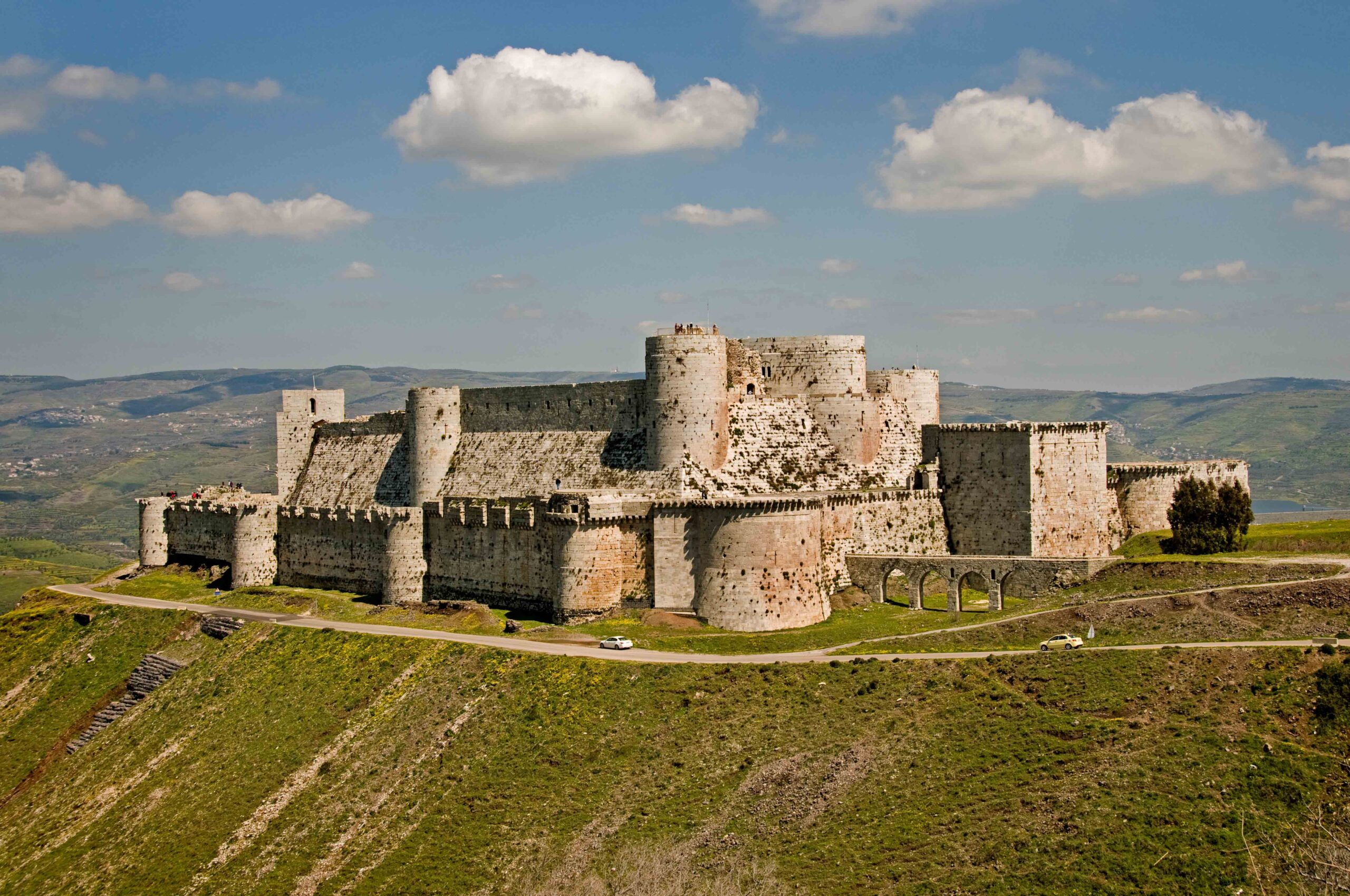Canovium was one of a network of wooden forts that housed tens of thousands of troops during the Roman invasion of Wales in the first century A.D. Around A.D. 120, when many of these soldiers were shipped north to work on Hadrian’s Wall, Canovium was among the forts in Wales made permanent and rebuilt in stone. This past summer, evidence of these stone walls appeared, with just the northeast corner obscured by a still-active medieval parish church.

Based on previous excavations and historical sources, says archaeologist Peter Guest of Cardiff University, the fort is known to have been home to an auxiliary unit. Its 500 soldiers were drawn, at least initially, from recently conquered peoples—most likely Batavians, Gauls, or Thracians. “The fort was occupied for 200 years or more,” says Guest. “It wouldn’t be surprising then if a number of the recruits that lived there grew up just outside the fortress. They were the sons of existing soldiers and the grandsons of soldiers before them.”













